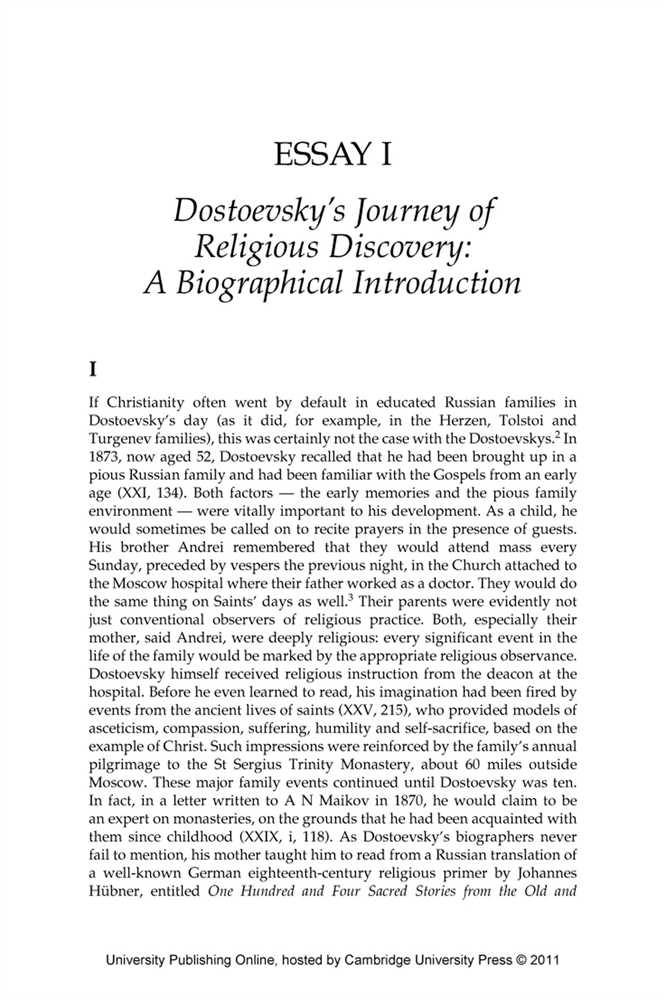But, „Madeleine’s ahead-experiencing gaze is broken by her distracted glance down and to her ideal, towards (but not at) the digital camera“.
[ten] Possessing deemed these scenes, it may be concluded that the digital camera is the element of the motion picture, which might possess „equally active and passive alternatives or ontological qualities“. [eleven] The so-identified as imaginary point of check out results in being found when the gazes of Scottie and Judy just about fulfill. rn“The digital camera captures a key picture in that component of the scene which Scottie later on remembers from his thoughts“.
[twelve] This digicam effect aids us see that this scene is extra about Scottie’s feelings and emotions, the reflection of his character. Visual results in the motion picture also myperfectwords better business bureau include to the knowledge of the comprehension of the movie title and concept. Scottie feels vertigo when he has to look down from top as he has an acrophobia.
- We are the most effective Site to Purchase Period Newspapers
- One has other agreements
- Generate my Descriptive Essay in my opinion
- Parts of the Spend Money On Exploration Document
- Popular features of the Shop for Examine Papers Internet
We are the Best Web site to Pay for Name Papers
The ability to zoom the digicam can make us come myassignmenthelp history to feel vertigo in reality. This influence is perfectly viewed in the to start with scenes of the film when Scottie’s lover dies and causes his acrophobia. The Similarity of Vertigo with other Hitchcock’s Films. Almost all Hitchcock’s films are very similar in the ideas, he was fond of taking pictures suspicious and psychological thrillers. Putting the visual outcomes as a single of the key details of our dialogue, it is essential to condition that Vertigo is very similar to Psycho.
Investigate Papers Guidance is Now Available!
A triadic image is noticed when Perkins seems in doubles, as Bates and Mom. [thirteen] The theme of „psychological implications of observing and remaining seen“[14] considered in Vertigo is highlighted in the other Hitchcock’s movies, particularly in Rear Window and Psycho. Considering the principal subjects of these flicks and the methods used for their taking pictures, it may possibly be concluded that the key information the writer preferred to supply is that that human needs could spoil everything what individuals sought after.
- Descriptive Essay Crafting Support
- I’m Not Full. Does One Feature Any Special discounts?
- ow Will I Know You Can Be as well as You Say You Actually Are?
- Custom made Story Essay Publishing
- Skilled professional Researching Document Creating Service
It looks that the problem of voyeurism and objectification is seriously critical for the creator, as he has implemented this concept in many American movies. Conclusion. Thus, it might be concluded that visual consequences, camera movements, tunes sound and other methods the director makes use of even though shooting a film are very critical for film notion.
We have based our awareness on Alfred Hitchcock’s movie Vertigo and the consequences the director applied to get to the ideal intention. The movie director wished to clearly show us the diverse involving looking at and remaining viewed.
He managed to do this via various camera and visual consequences which additional to the comprehension of the scenes. Lightening and seem had been also important as they paid out our focus to the specific profiles and shots. Works Cited. Deutelbaum, Marshall and Leland A.

Poague. A Hitchcock reader. New York: John Wiley and Sons, 2009. Print. Gibbs, John and Douglas Pye. Fashion and that means: research in the detailed investigation of film. Manchester: Manchester University Press, 2005. Print.
Hill, Charles A. and Marguerite H. Helmers.
Defining visual rhetorics. London: Routledge, 2004. Print. Orr, John. Hitchcock and twentieth-century cinema. London: Wallflower Push, 2005. Print. Vertigo. Dir. Alfred Hitchcock. Perf. James Stewart, Kim Novak, and Barbara Bel Geddes. Paramount Photographs, 1958. Movie. Footnotes. Charles A. Hill and Marguerite H. Helmers, Defining visual rhetorics (London: Routledge, 2004) 111. Vertigo, dir. Alfred Hitchcock, perf. James Stewart, Kim Novak, and Barbara Bel Geddes. Paramount Photographs, 1958. Hill and Helmers, 119. Ibid. John Gibbs and Douglas Pye, Design and style and indicating: scientific studies in the thorough investigation of film (Manchester: Manchester University Press, 2005) 93. John Orr, Hitchcock and twentieth-century cinema (London: Wallflower Press, 2005) 128.